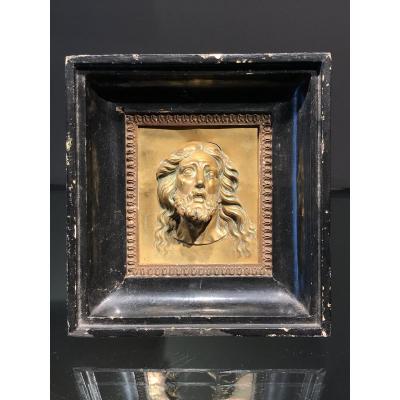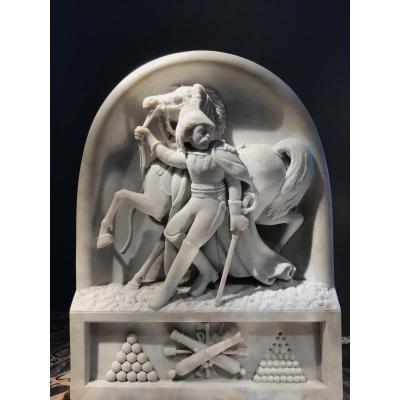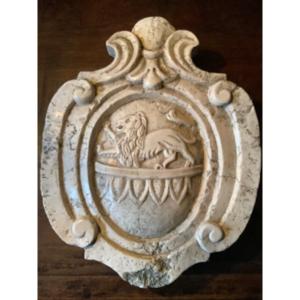Her face is serene, with a straight nose, almond-shaped eyes and harmonious features clearly inspired by classical Greek statuary. Over her firm breasts, the tunic is draped in deep folds, and on the left shoulder, the drapery swirls in a plastic play that testifies to great technical mastery. This is a sculpture from the neoclassical school. Melpomene ("The Melodious") is one of the two Muses of the theater. The timelessness imprinted on the face is reflected in each of the details, which testify to a deep knowledge of classical language. First Muse of song, of musical harmony, she then became Muse of tragedy, reinterpreted in many classical paintings and sculptures, such as the one that interests us here. In full-length sculptures, she is often depicted holding a tragic mask in one hand, and sometimes carrying a bloody dagger. Roman copies have left us remarkable examples of representations of the muses, which in turn inspired 19th-century sculptors.








































 Le Magazine de PROANTIC
Le Magazine de PROANTIC TRÉSORS Magazine
TRÉSORS Magazine Rivista Artiquariato
Rivista Artiquariato